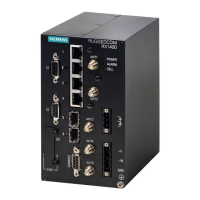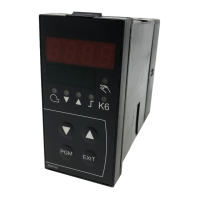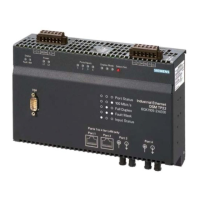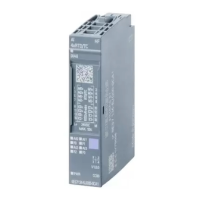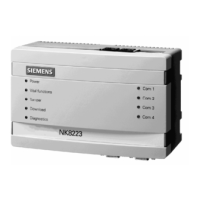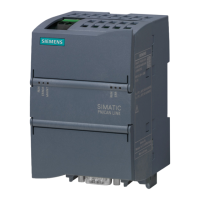RUGGEDCOM ROX II
CLI User Guide
Chapter 14
Network Redundancy
RSTP Operation 629
• Section14.3.8, “Viewing the Status of RSTP”
• Section14.3.9, “Viewing RSTP Per-Port Statistics”
• Section14.3.10, “Clearing Spanning Tree Protocol Statistics”
Section14.3.1
RSTP Operation
The IEEE 802.1D Spanning Tree Protocol (STP) was developed to enable the construction of robust networks that
incorporate redundancy while pruning the active topology of the network to prevent loops. While STP is effective,
it requires that frame transfer halt after a link outage until all bridges in the network are guaranteed to be aware
of the new topology. Using the values recommended by IEEE 802.1D, this period lasts 30 seconds.
The Rapid Spanning Tree Protocol (RSTP), first introduced by IEEE 802.1w and significantly improved in IEEE
802.12D-2004, was a further evolution of the IEEE 802.1D Spanning Tree Protocol. It replaced the settling period
with an active handshake between bridges that guarantees the rapid propagation of topology information
throughout the network.
CONTENTS
• Section14.3.1.1, “RSTP States and Roles”
• Section14.3.1.2, “Edge Ports”
• Section14.3.1.3, “Point-to-Point and Multipoint Links”
• Section14.3.1.4, “Path and Port Costs”
• Section14.3.1.5, “Bridge Diameter”
• Section14.3.1.6, “eRSTP”
• Section14.3.1.7, “Fast Root Failover”
Section14.3.1.1
RSTP States and Roles
RSTP bridges have roles to play, either root or designated. One bridge – the Root Bridge – is the logical center of
the network. All other bridges in the network are Designated bridges. RSTP also assigns each port of the bridge a
state and a role. The RSTP state describes what is happening at the port in relation to address learning and frame
forwarding. The RSTP role basically describes whether the port is facing the center or the edges of the network
and whether it can currently be used.
State
There are three RSTP states: Discarding, Learning and Forwarding.
The discarding state is entered when the port is first put into service. The port does not learn addresses in this
state and does not participate in frame transfer. The port looks for RSTP traffic in order to determine its role in
the network. When it is determined that the port will play an active part in the network, the state will change to
learning.
The learning state is entered when the port is preparing to play an active part in the network. The port learns
addresses in this state but does not participate in frame transfer. In a network of RSTP bridges, the time spent in
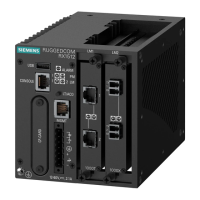
